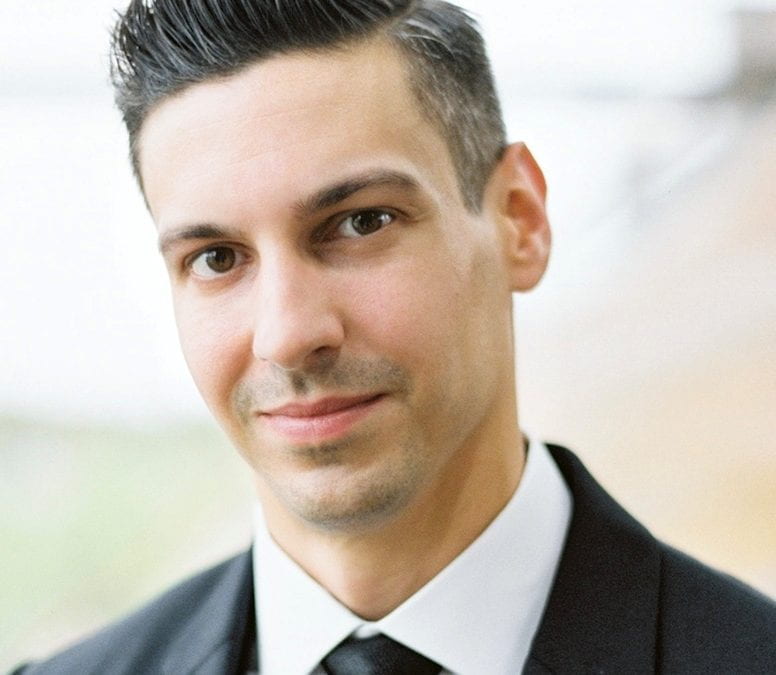The College of Education and Health Professions‘ Kevin Murach has been awarded a $124,854 grant to research exercise-associated factors that may support muscle “rejuvenation” in older adults.
The grant comes from the Glenn Foundation for Medical Research and the American Federation for Aging Research, which is exclusively for junior faculty research that will serve as the basis for longer-term research efforts on the biology of aging.
“AFAR sets the tone for what is important and relevant in the aging field,” said Murach, an assistant professor in the Department of Health, Human Performance and Recreation. “To receive an AFAR grant at this early stage of my independent career will allow me to contribute to the trajectory of aging research in my area and help to establish my lab and team as valuable contributors to the field.”
Murach has been a U of A faculty member since June 2021 and established the Molecular Muscle Mass Regulation Laboratory. He and his team focus on the exercise-responsive molecular pathways through which old muscle can become young again. He said understanding the mechanisms by which exercise can improve muscle health with aging could significantly impact the quality of life of many people, as well as make a positive economic impact via reduced healthcare costs.
“Skeletal muscle becomes smaller and weaker as aging progresses,” he said. “The loss of muscle size and strength with age is problematic, as it contributes to a loss of independence, reduced quality of life and mortality. Exercise is a powerful countermeasure against the negative effects of aging and has beneficial effects in every system of the body.”
Murach said a considerable benefit is improved muscle mass and strength. “The goal of this AFAR-supported project is to determine whether the exercise-responsive transcription factor Myc contributes to making skeletal muscle more youthful at the functional, cellular, epigenetic and gene expression level,” he said.
Murach was a high school athlete who went on to earn a Ph.D. in human bioenergetics. He became interested in studying muscles on a cellular level because aging is a process that affects everyone. “In order for my research to have the biggest impact and potentially influence the largest amount of people, aging seemed like the most appropriate area to study,” he said.


